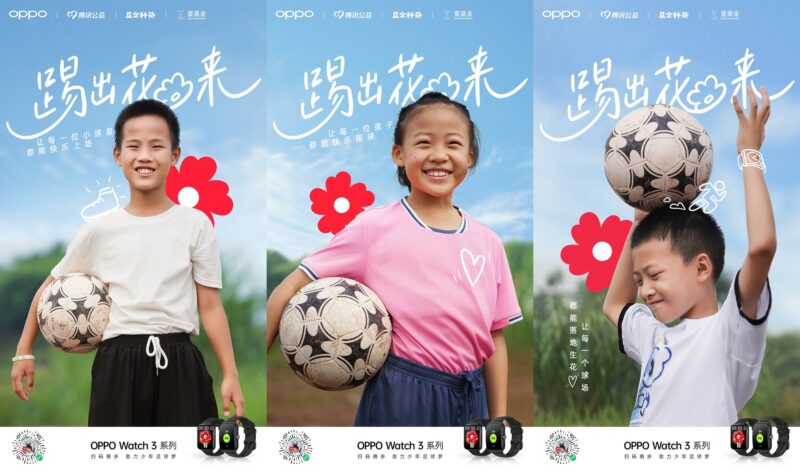Key takeaways:
- IKEA recently launched a series of four short video advertisements connecting common hobbies and lifestyles in China to IKEA furniture.
- For the Chinese market, the Swedish furniture giant’s marketing strategy is especially focused on “glocalisation”.
- The message in the playful ads is clear: everyone can customise the appearance of their home according to their personalities and interests.
Swedish furniture giant IKEA recently launched a series of four short video advertisements connecting common hobbies and lifestyles in China to IKEA furniture – from a laundry basket that can satisfy the thrill of shooting a basketball to a rug that reproduces the light and shadow from a bicycle ride to a pillow as comfortable as a street vendor’s dough and colourful storage cubes that resemble a child’s Rubik’s cube.
Sound also plays a crucial role in these video clips. In the background of each advertisement plays the iconic sax solo from “Careless Whisper”, a song that has taken on meme status as a stereotype of ’80s ballads and makes it an easy joke for the audience to recognise. Then, at the moment where the scene is brought back to reality, an amusing “plink” sound is added for humour effect.
The message in the playful ads is clear: everyone can customise the appearance of their home according to their personalities and interests.
Turning furniture into a fun
While the link between the scenes and the furniture may not be obvious at first glance, the connection is definitely there. Basketball has been a famous sport in China for years, and cycling has risen in popularity thanks to the pandemic. Meanwhile, street vendors have a long history in Chinese culture, and the Rubik’s cube community in China has also exploded in recent years.
The message in the playful ads is clear: everyone can customise the appearance of their home according to their personalities and interests. In the Rubik’s cube clip, for instance, IKEA emphasises the modular nature of its furniture for people who like having options. By providing customers with more choices and solutions, therefore, the furniture giant can retain customers in the long run.
In terms of advertisements, IKEA typically aims for inspirational videos which are high quality yet brief enough to capture its audiences’ attention within the first few seconds. Its pace is also suited to its younger audience. In today’s fast-paced world, this is especially important, as research shows that our attention span has been shrinking over the years.
IKEA takes into consideration the local cultural, social, economic and linguistic factors while marketing products and services.
Could IKEA have delved deeper with its cultural references in the advertisement, or made the connection between hobby and furniture more apparent? Perhaps. But then it would take away from portraying day-to-day in an imaginative way. Besides, advertisements a bit “outside the box” are right up IKEA’s alley.
IKEA’s “glocalisation” strategy in China
When it comes to marketing, IKEA’s strategy is constantly evolving. For the Chinese market, the Swedish furniture giant is especially focused on “glocalisation”. In other words, the company takes into consideration the local cultural, social, economic and linguistic factors while marketing products and services. In fact, the very name of IKEA has been changed to speak to its target audience in China: “宜家 (yi jia)” literally means “suitable and nice for your home”.
In accordance with this glocalisation strategy, IKEA has also made many changes to adapt to the burgeoning Chinese market. For instance, instead of the huge suburban stores seen in other countries, the furnishing store opened stores in more central areas near public transport routes, with mini stores located within larger shopping centres.
In addition, IKEA China has cut prices in order to better cater to the young middle-class population, who earn higher incomes and possess more awareness of western styles. In the mid-2010s, the Swedish brand even went far as changing store policies to allow customers to sleep in showroom store beds, turning controversial customer behaviour into business opportunities.
IKEA retains the aspects of foreign culture that Chinese consumers enjoy but also caters to certain local tastes and preferences.
As for its audience, IKEA’s main target group is middle-class people aged 25–35. According to Daxue Consulting, IKEA’s customers are generally better educated, earn higher incomes, and travel more than the average. In terms of gender, women represent 65% of its Chinese consumers.
At present, IKEA in China has its sights set on China’s growing furniture market. In August, the furniture brand announced a new investment of 5.3 billion RMB ($768 million) in China, which will go toward its digitalisation programs, enhancing operational efficiency, and new openings of stores and shopping centres.
This additional capital came after the “biggest-ever” 10 billion RMB ($1.45 billion) investment that has been allocated to the mainland market over the past three years as part of the company’s efforts to accelerate the transition to online retail following the pandemic and subsequent changes in consumer behaviour.
Overall, IKEA’s video advertisements offer innovative ideas and visual aesthetics which entice customers to consider IKEA for their future home improvement projects. Moreover, IKEA retains the aspects of foreign culture that Chinese consumers enjoy but also caters to certain local tastes and preferences.









